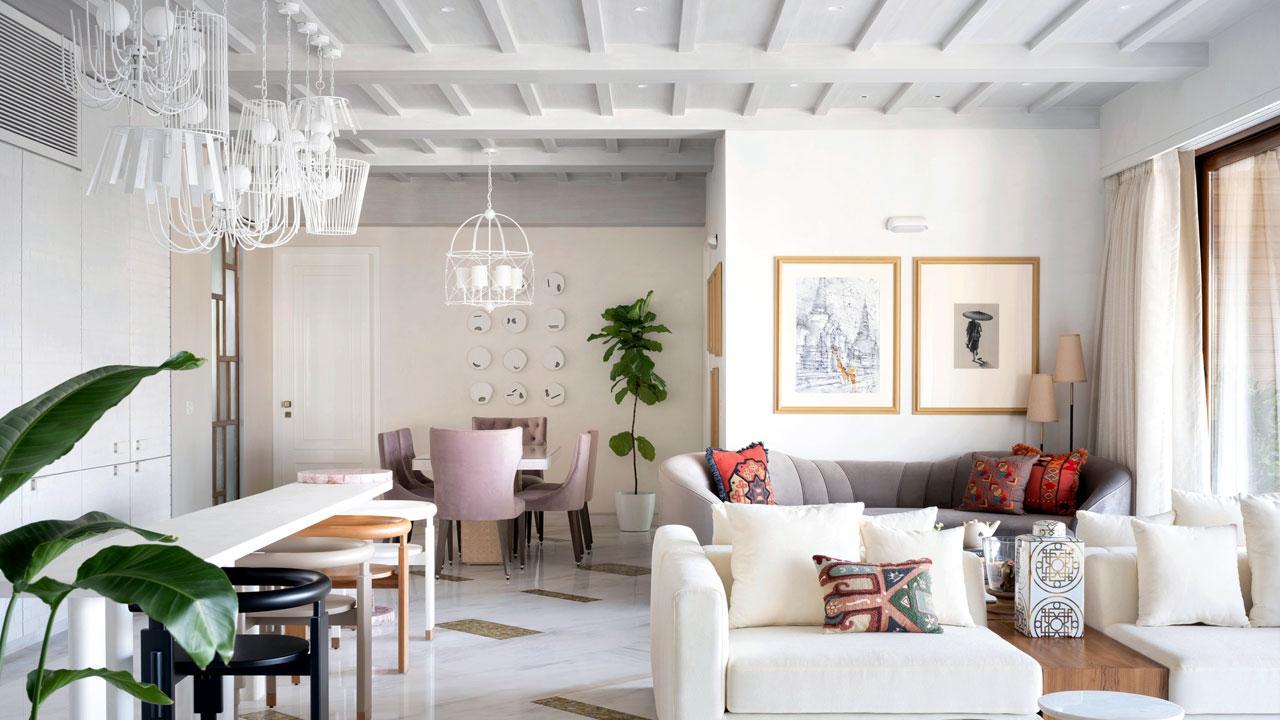Home / Sunday-mid-day / / Article /
Is the world draining of colour?
Updated On: 07 August, 2022 09:32 AM IST | Mumbai | Heena Khandelwal
Are our surroundings becoming a paler shade of beige, as a study observed? We ask those elbow-deep in many-hued professions

There is so much visual chaos today, especially on social media, that people want less of it inside their residential spaces, says Mumbai-based interior designer Kumpal Vaid
Last month, a viral post on Twitter by The Cultural Tutor (@culturaltutor) argued how the world has become less colourful over the last two centuries. The observations were based on a study funded by UK-based Creative Industries Policy and Evidence Centre (PEC). Data scientists studied 7,000 photographs of objects in 21 categories (largely everyday and familiar objects, such as home appliances, telephones, etc). The objects were part of the collection belonging to the Science Museum Group. The study observed that greyscale colour (shades of grey) now make up three quarters of cars produced globally, compared to less than 50 per cent in the past; and that neutral colours are by far the most popular in clothing, or when painting homes and buying a carpet.




